
When people think of Petra, this scene is what comes to mind, the iconic image that has made Petra Jordan’s #1 tourist attraction and put the place on many a bucket list. Actually, it is quite cool and our guide, of course, played the theme from Raider’s of the Lost Ark through our earpieces as we rounded a bend and encountered the view.
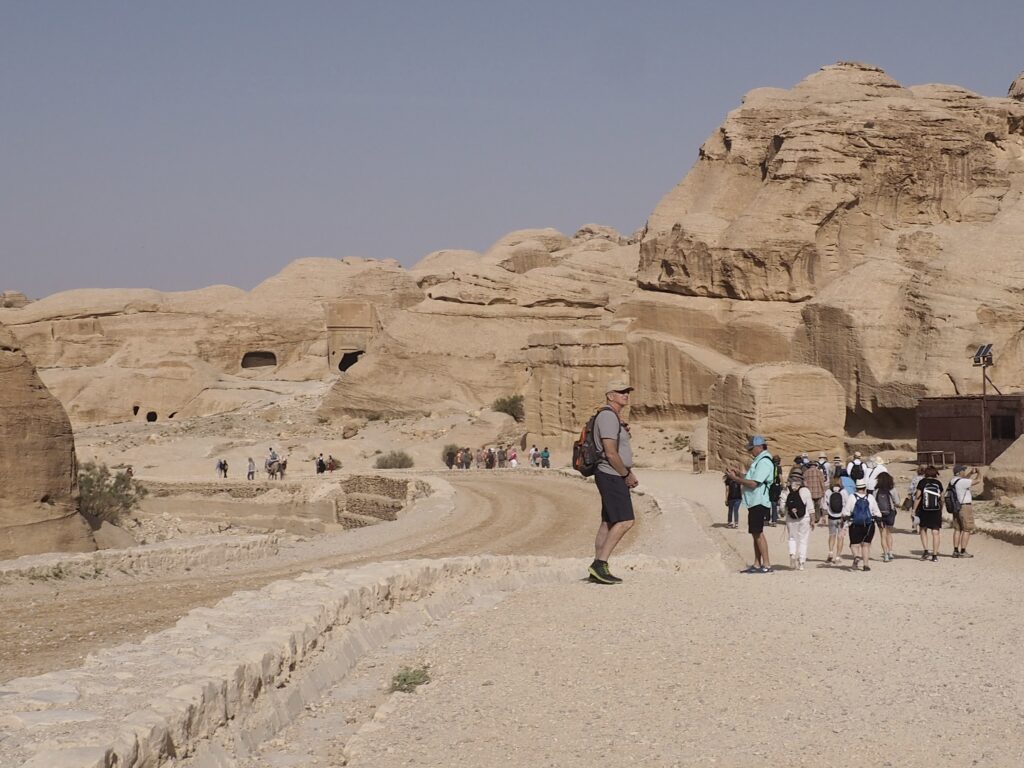
The initial approach to Petra from the tourist entrance gate is somewhat unremarkable. You can hire a horse to take you to the entrance of the Siq, although it’s not terribly far. It’s the first of many offers of transportation.

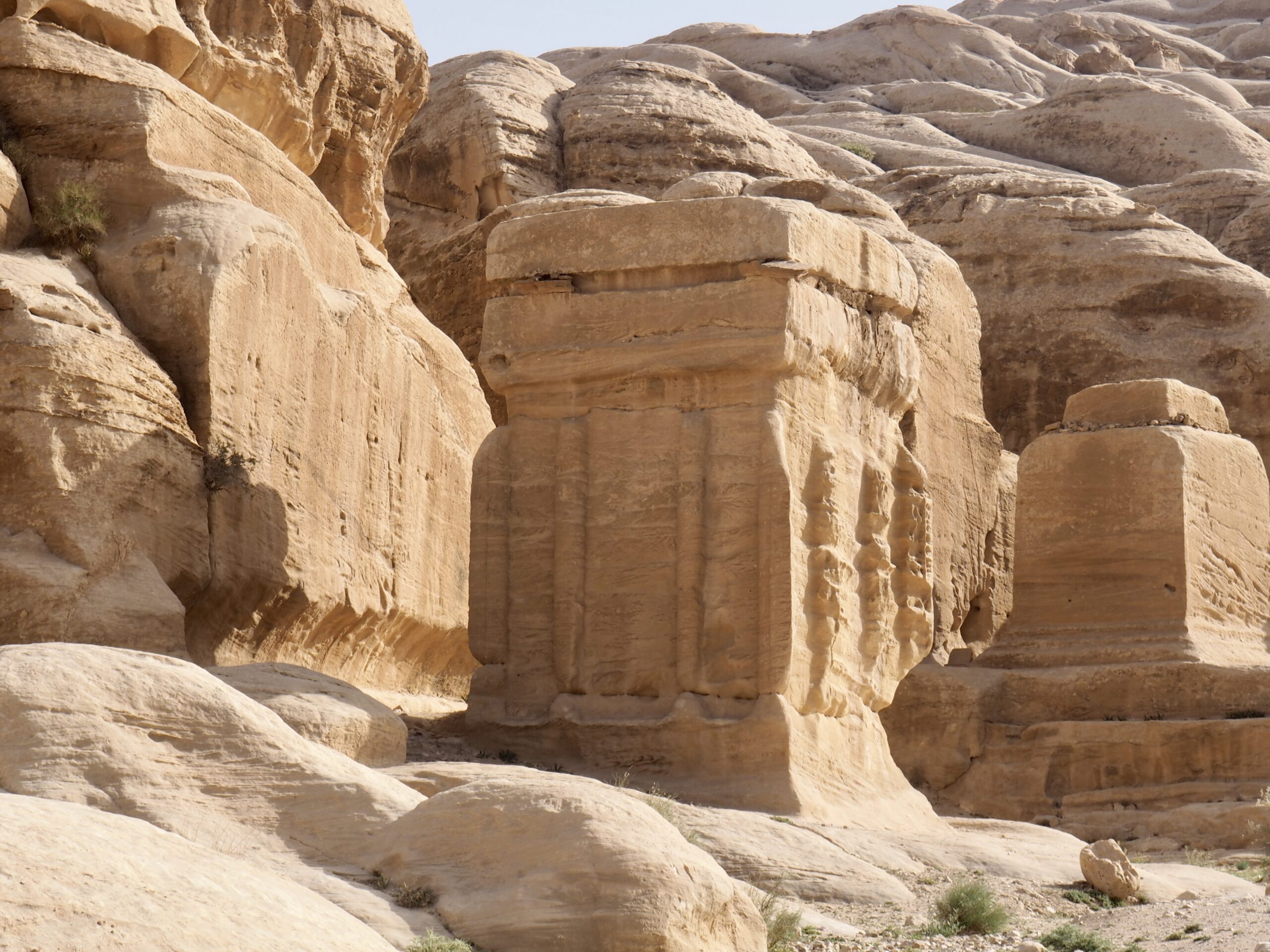
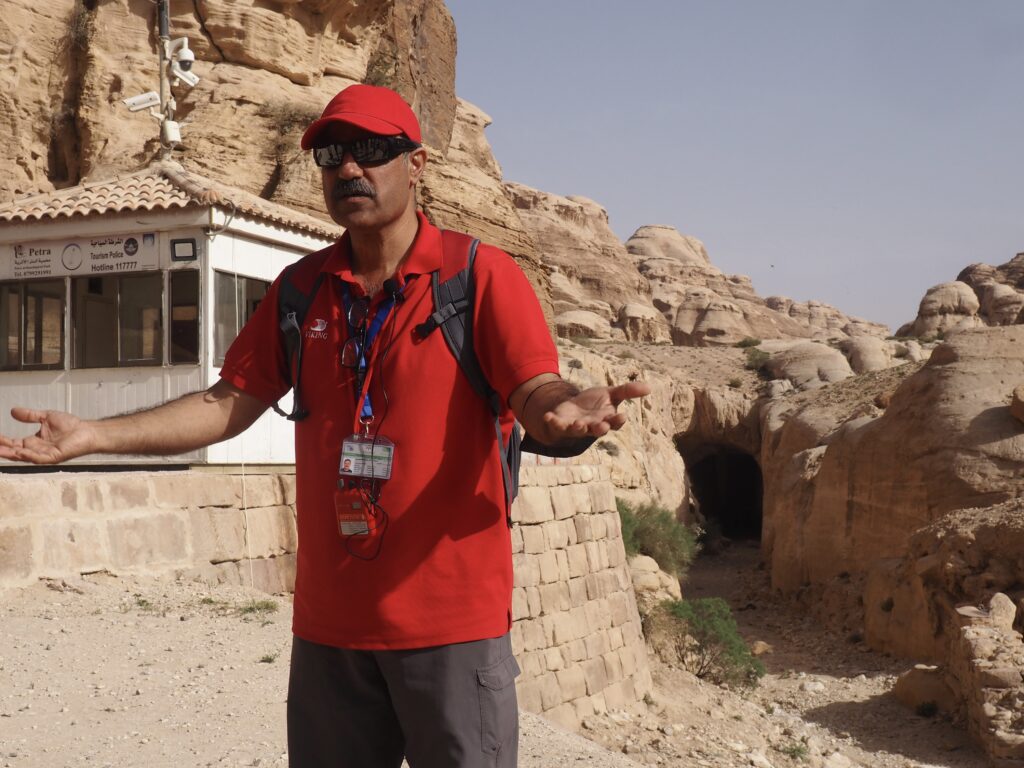
Wanting to have a city in the middle of the desert somewhere around the 4th Century B.C., the Nabateans needed to create an artificial oasis and become expert at managing water and rainfall. They did this by building a system of dams and conduits to capture the water from rainfall and flash floods and store it in cisterns. Why here? They were nomads and familiar with the caravan trading routes for spices and such and they established their city at a spot able to control several of them.
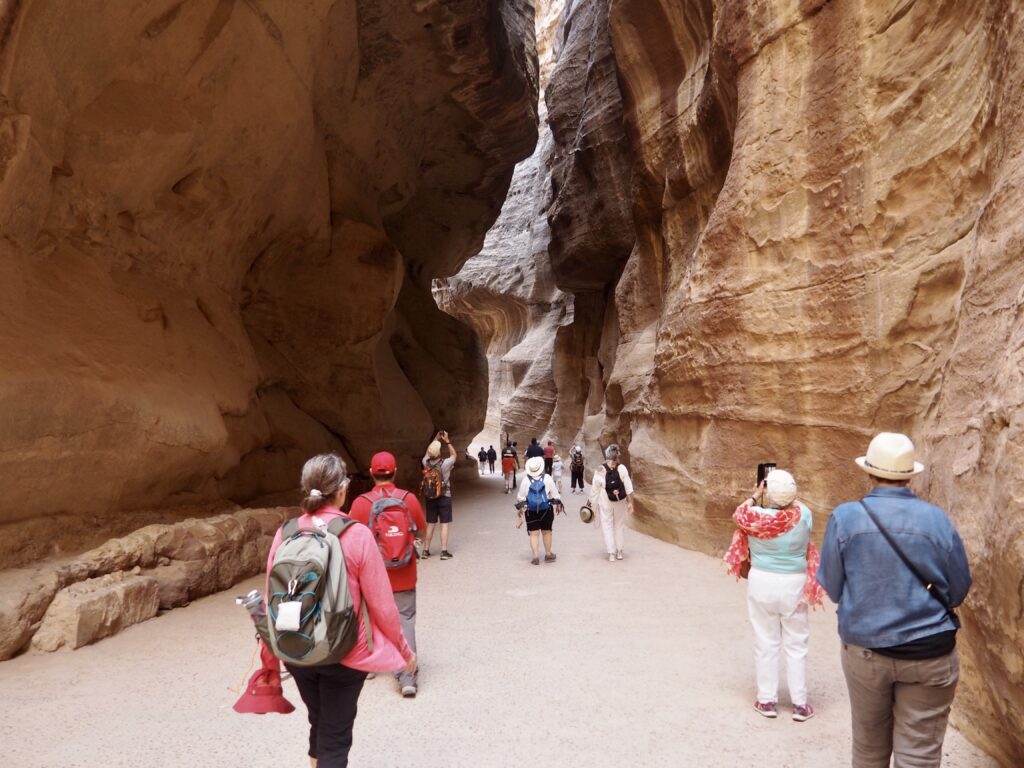
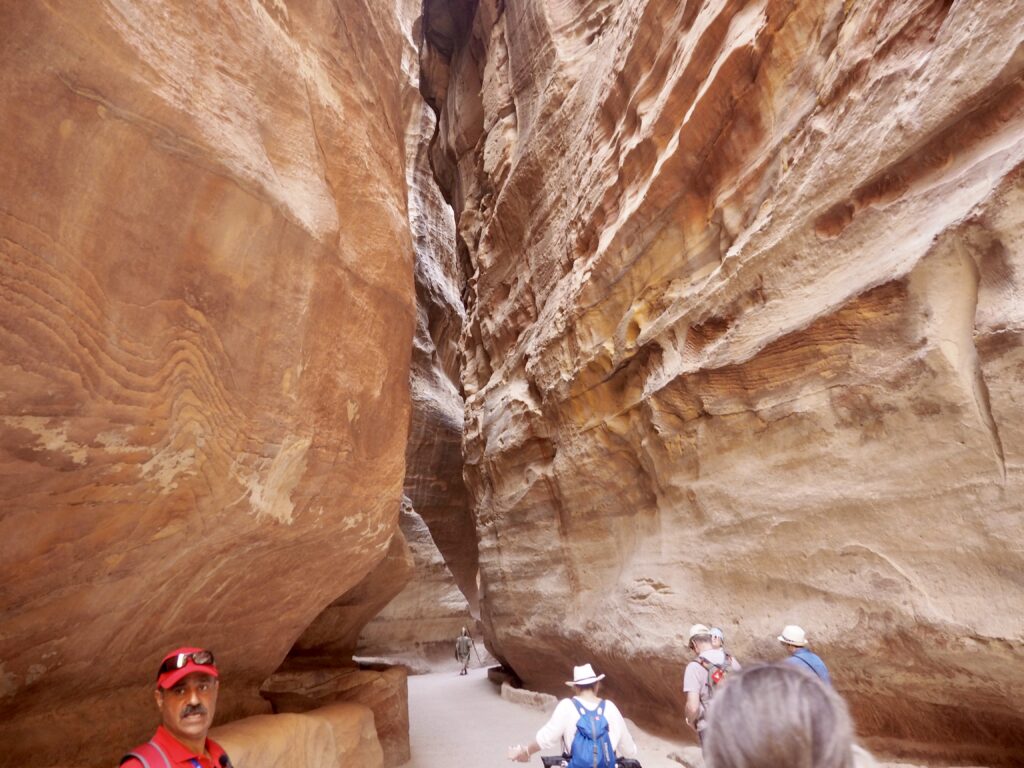

As we make our way through the Siq (a 3/4 mile walk), notice the remains of water conduits on the side walls of the gorge. The Siq itself is so iconic that the entrance to our (very nice) W Hotel in Amman features a sort of tunnel you go through inspired by the Siq to get to the elevator banks.
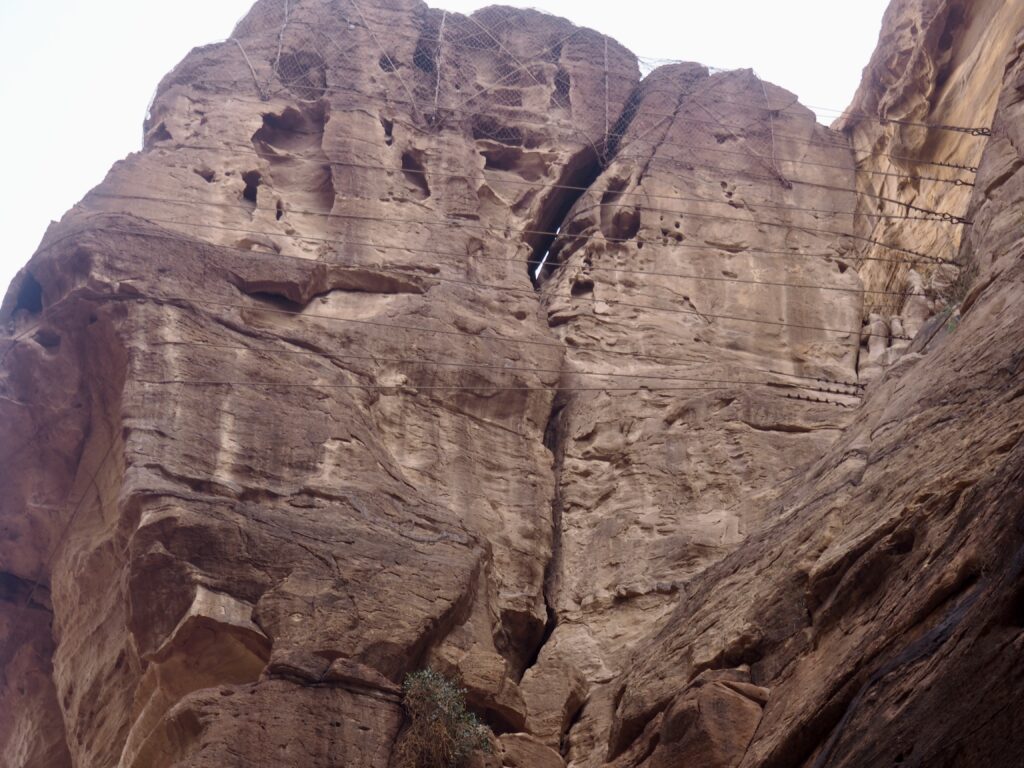

But, here it is. The Treasury. The real purpose of this very large rock carving in sandstone seems to have been, however, a mausoleum for a Nabatean king, not a place for money. There is an inside to it, but it’s not very big.


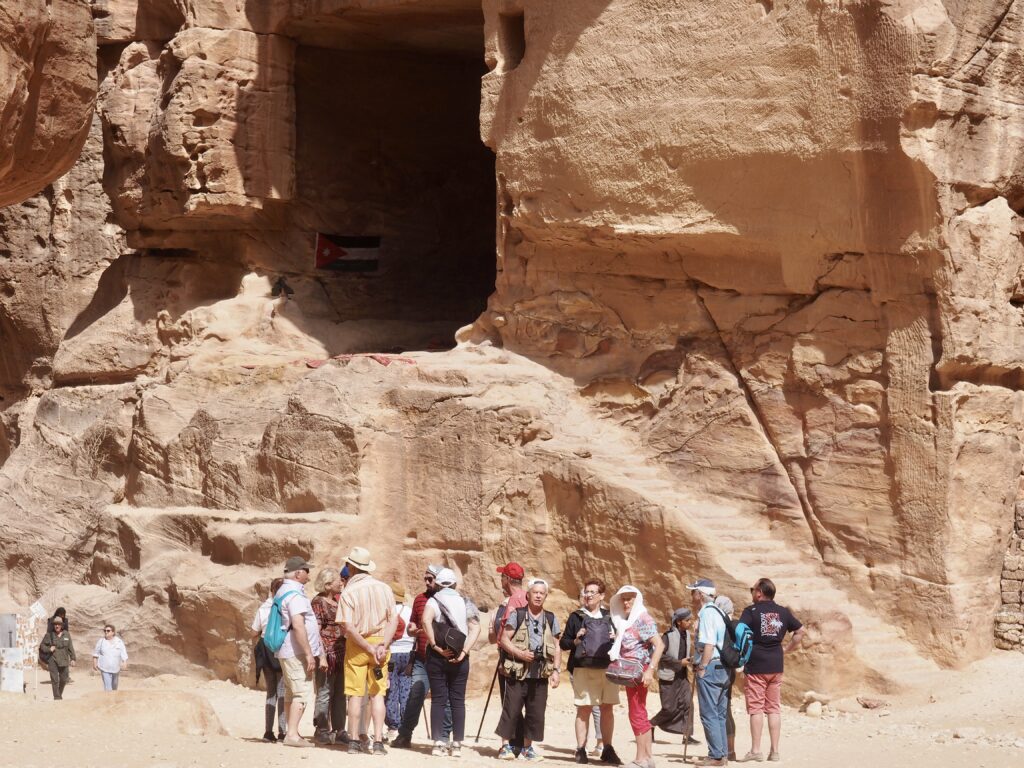

There’s a big open space in front of the Treasury, a sort of town square, where people gather for pictures, vendors tout their wares, and we have to figure out where we go from here. So, it’s off to see the city.
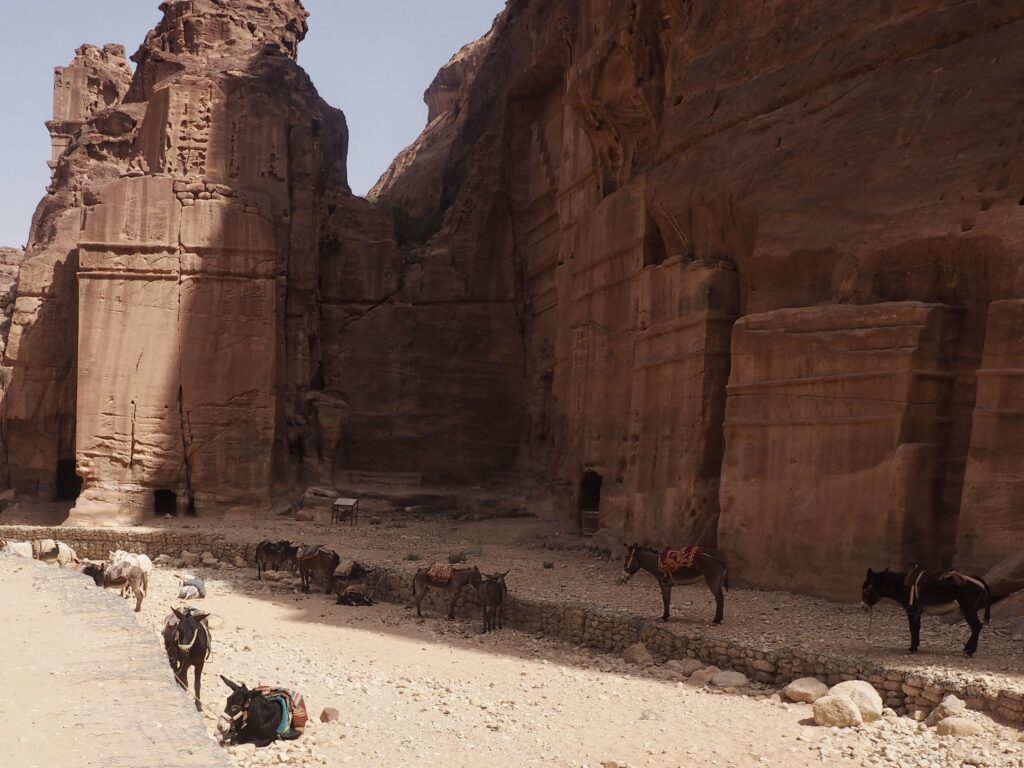
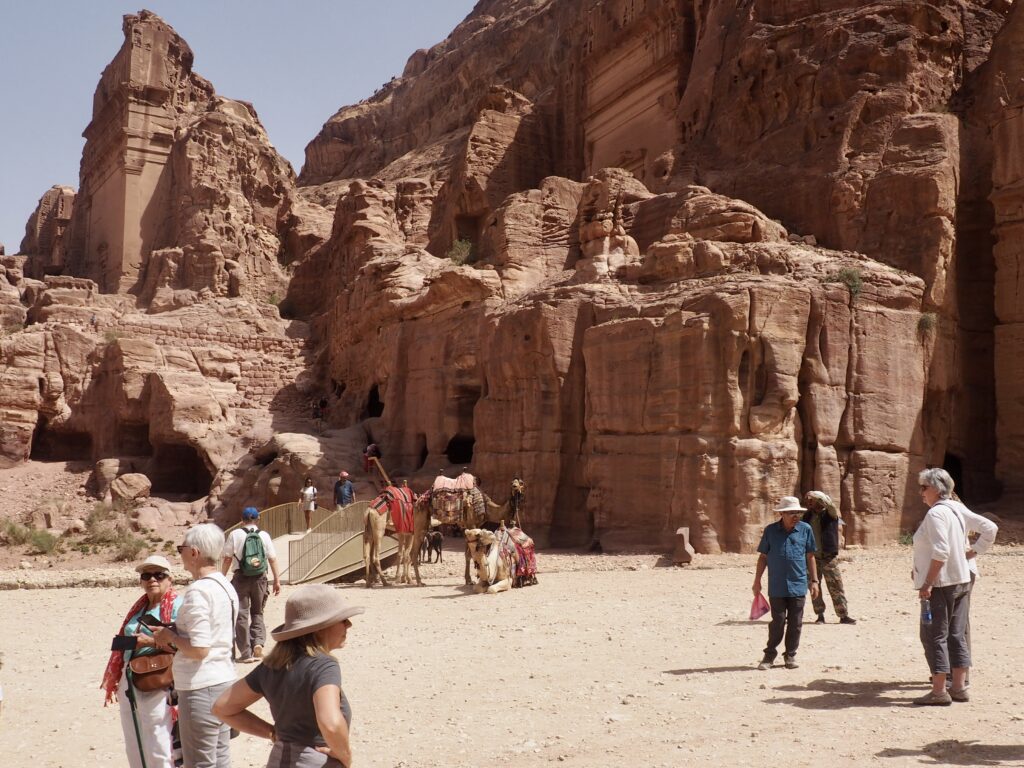
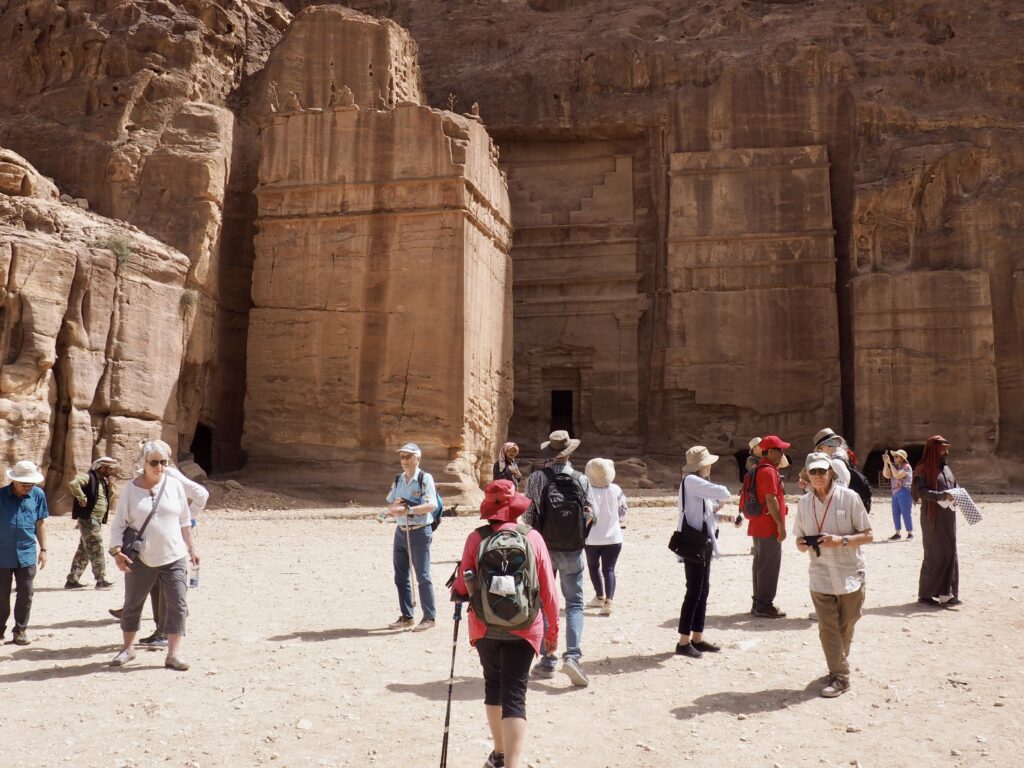
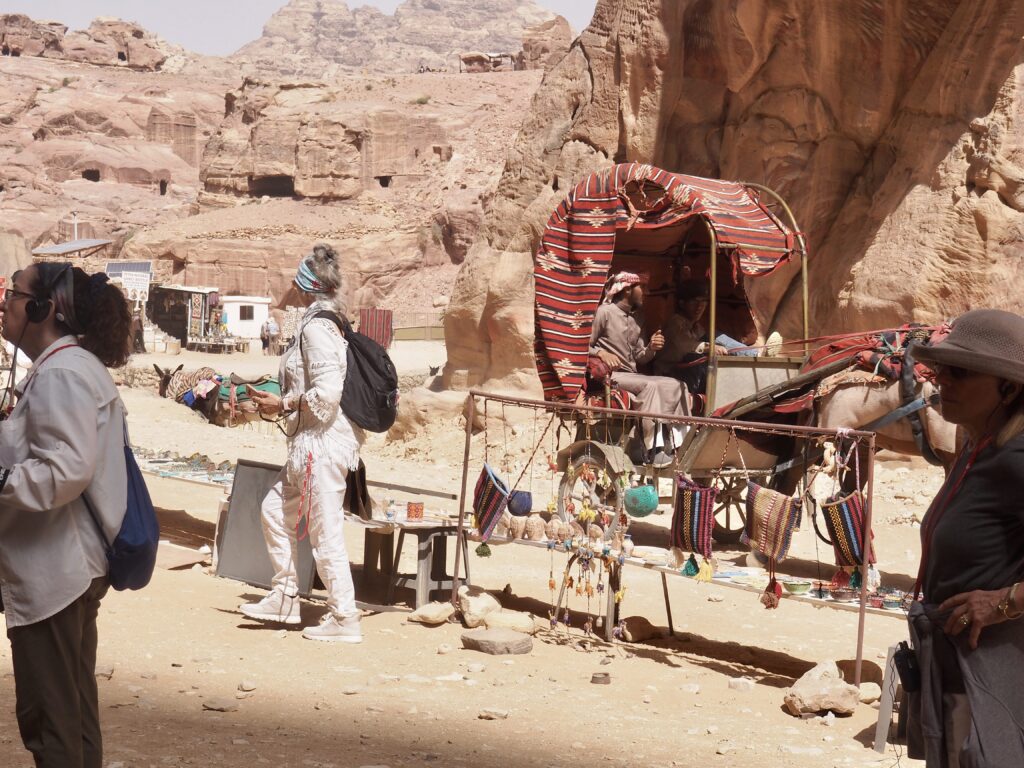
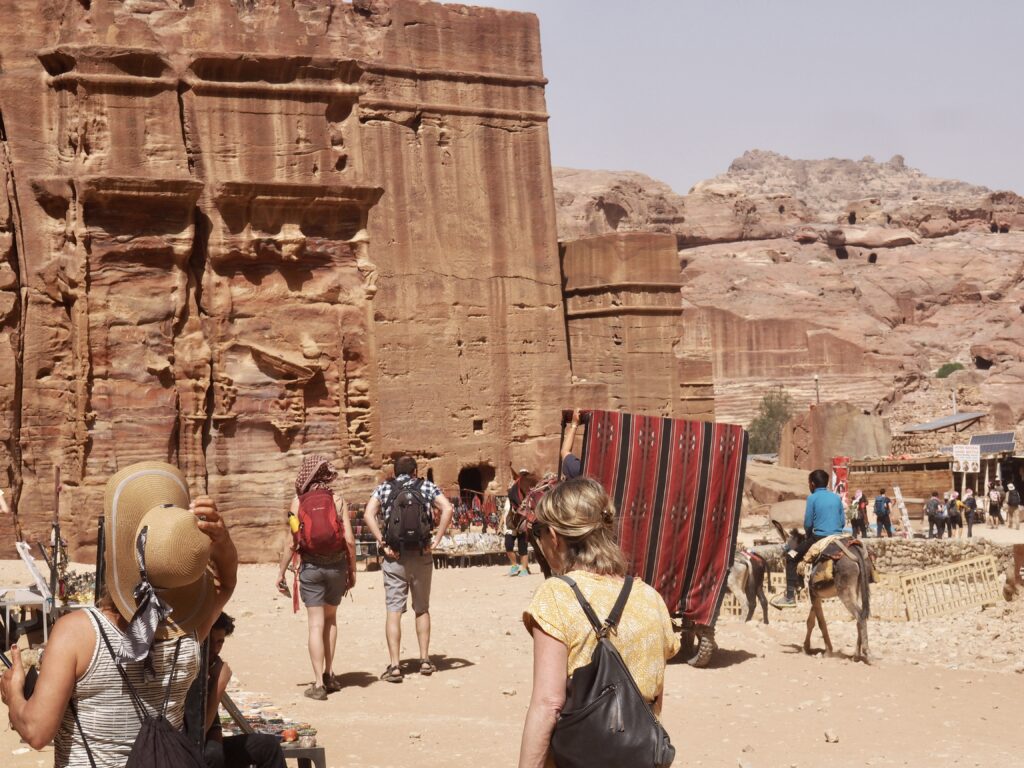
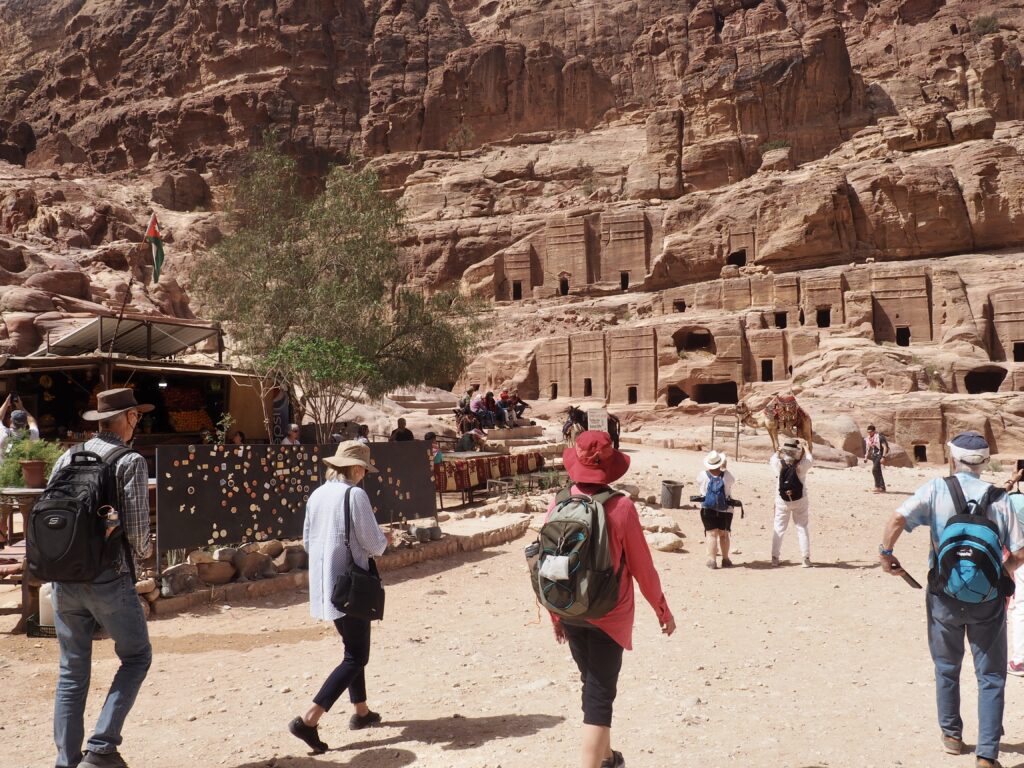


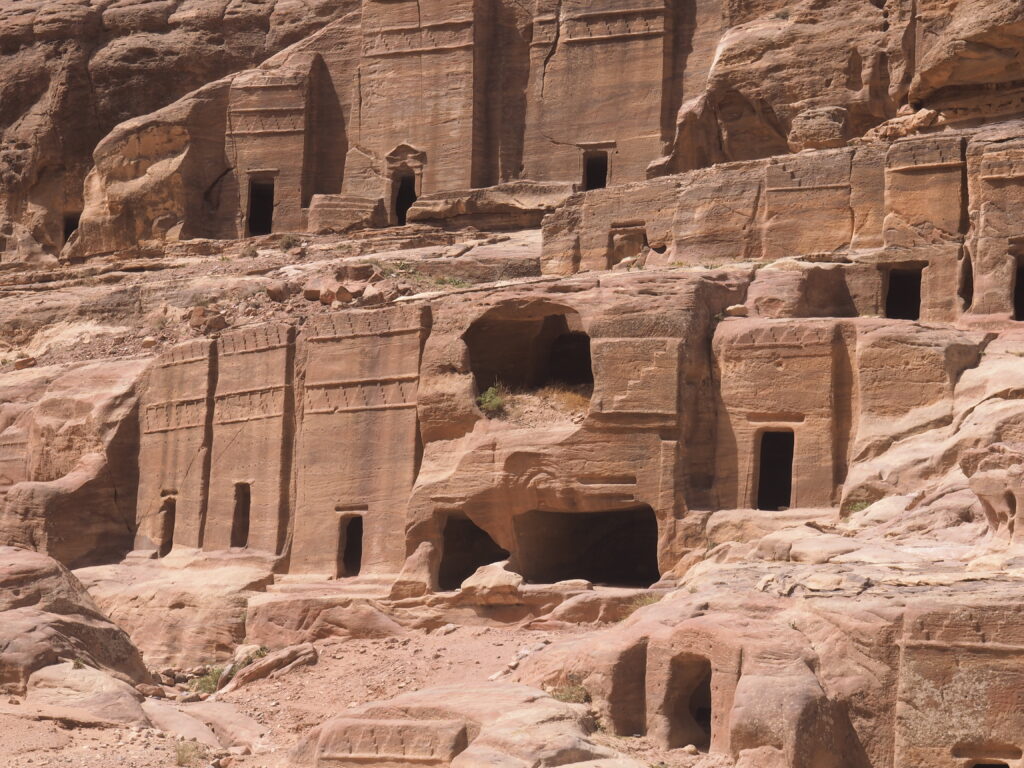
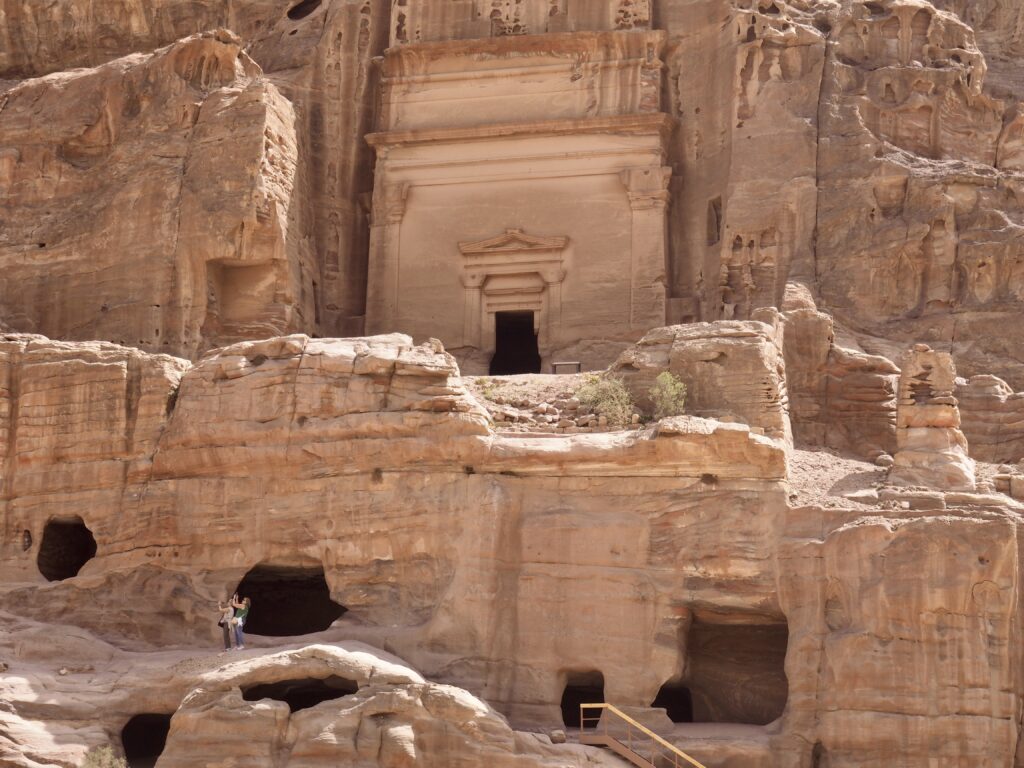

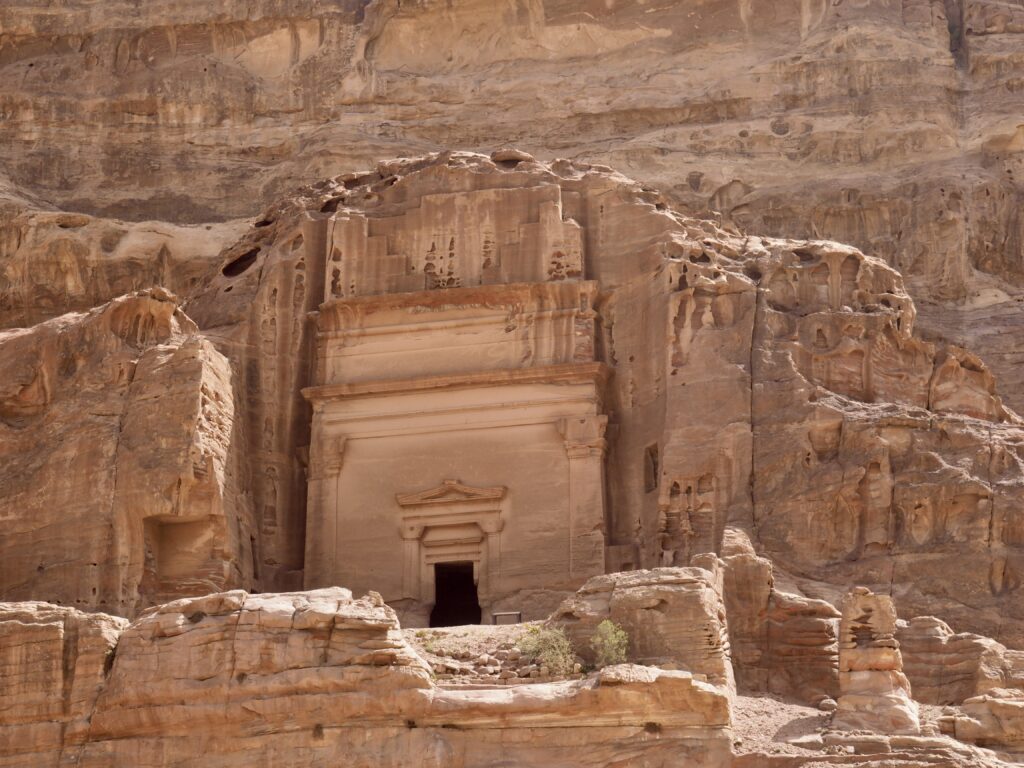
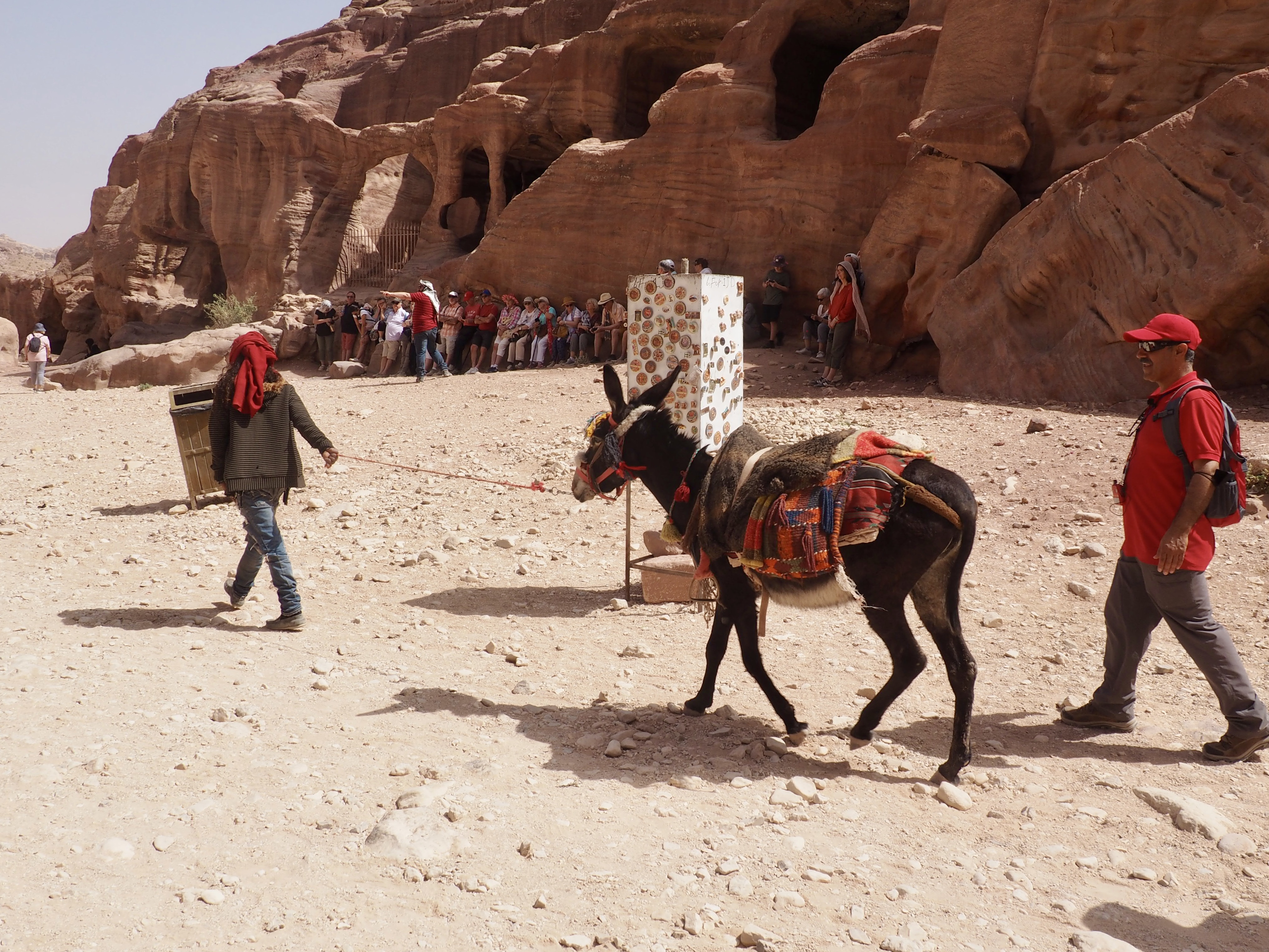
For centuries Petra was a matter of legend for Europeans as a lost city. It was then “discovered” in 1812 by an Arab speaking Swiss basically traveling undercover to sneak in among the Bedouins living there in the caves. Over the years a great deal has been looted, as pretty much everywhere else in antiquity. It became a favored exotic destination for wealthy Europeans doing a sort of early glamping. Agatha Christie stayed there (she spent a lot of time in Egypt, as well) and based one of her books there (“Appointment with Death”). In 1985 the Bedouins were booted out of Petra and resettled nearby. As partial compensation, they were granted the right to peddle goods and services to tourists and keep their animals there. Need a ride? The tourists on donkeys on some of the steep trails looked scared to death. We walked.

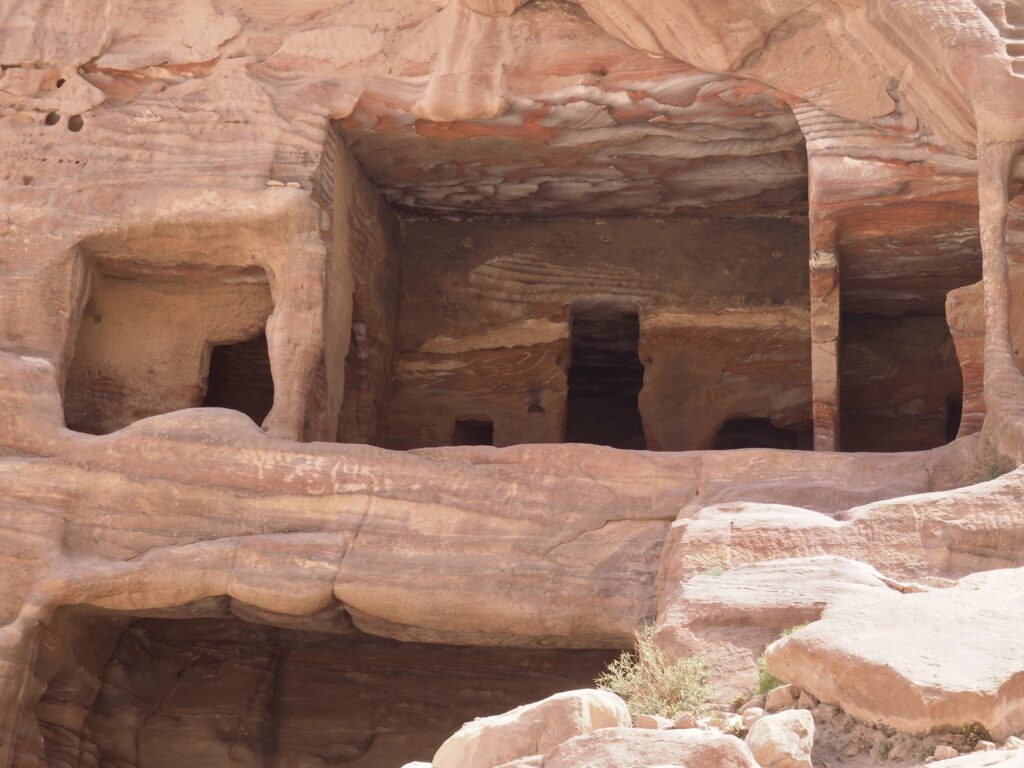
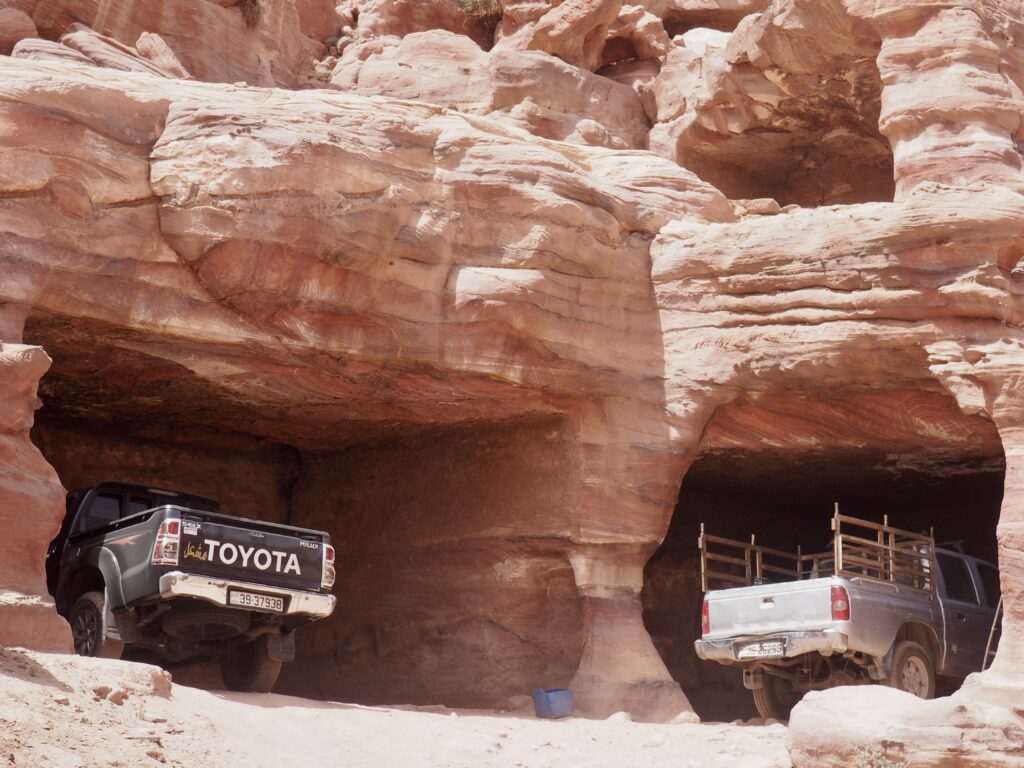

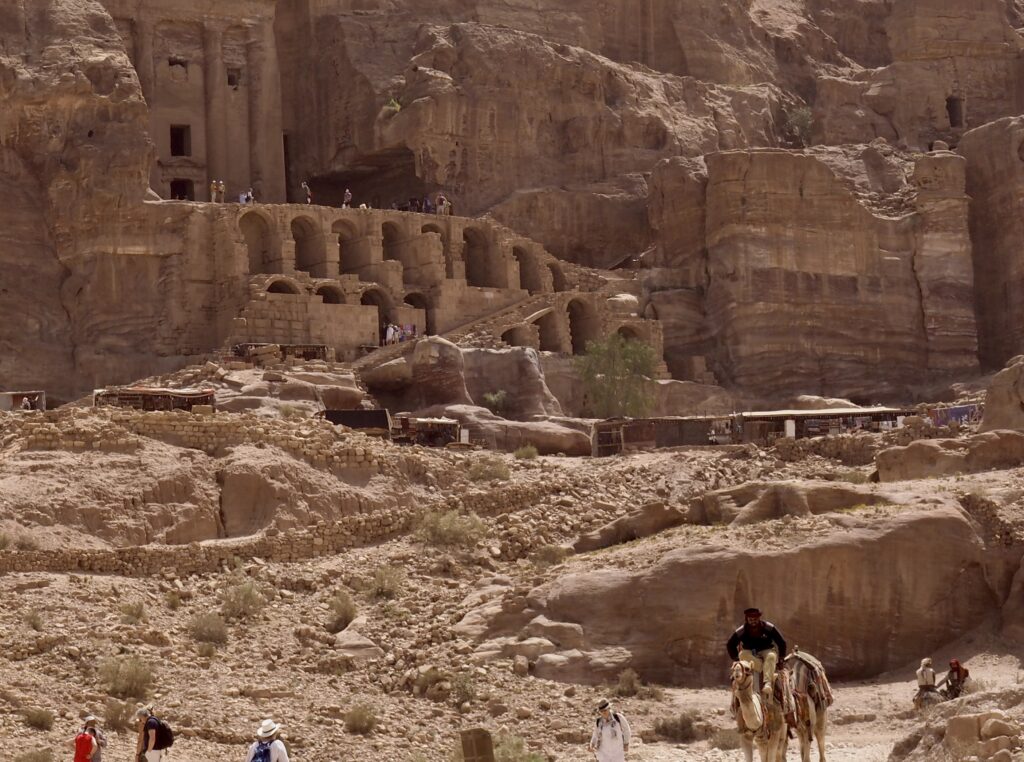

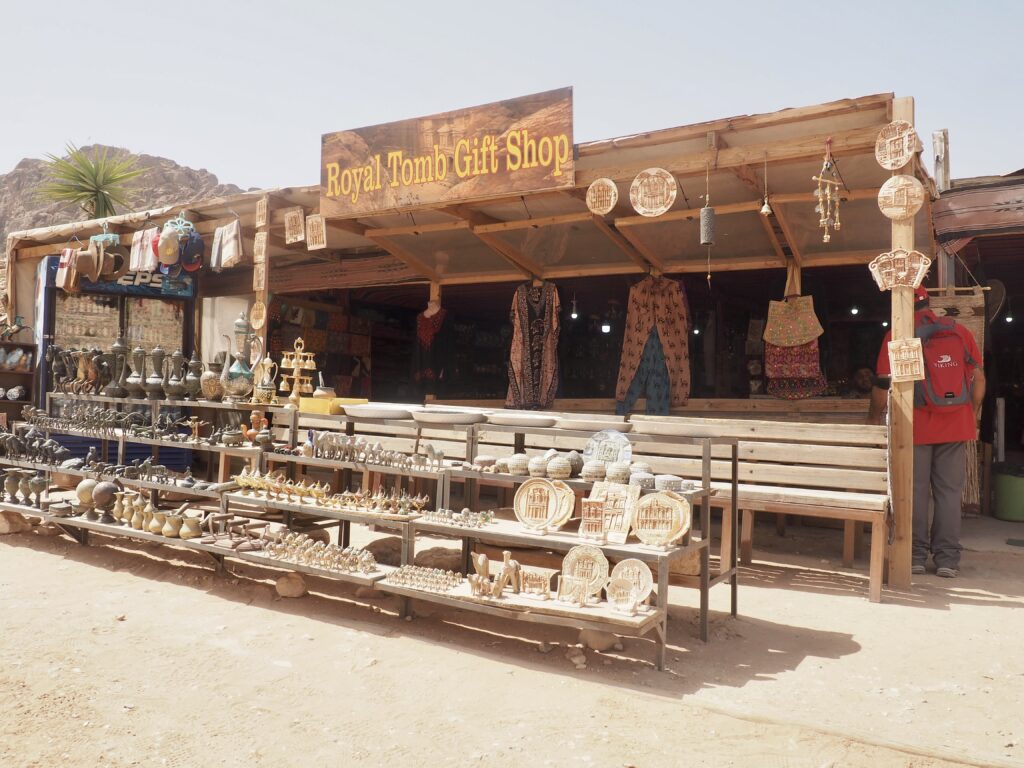
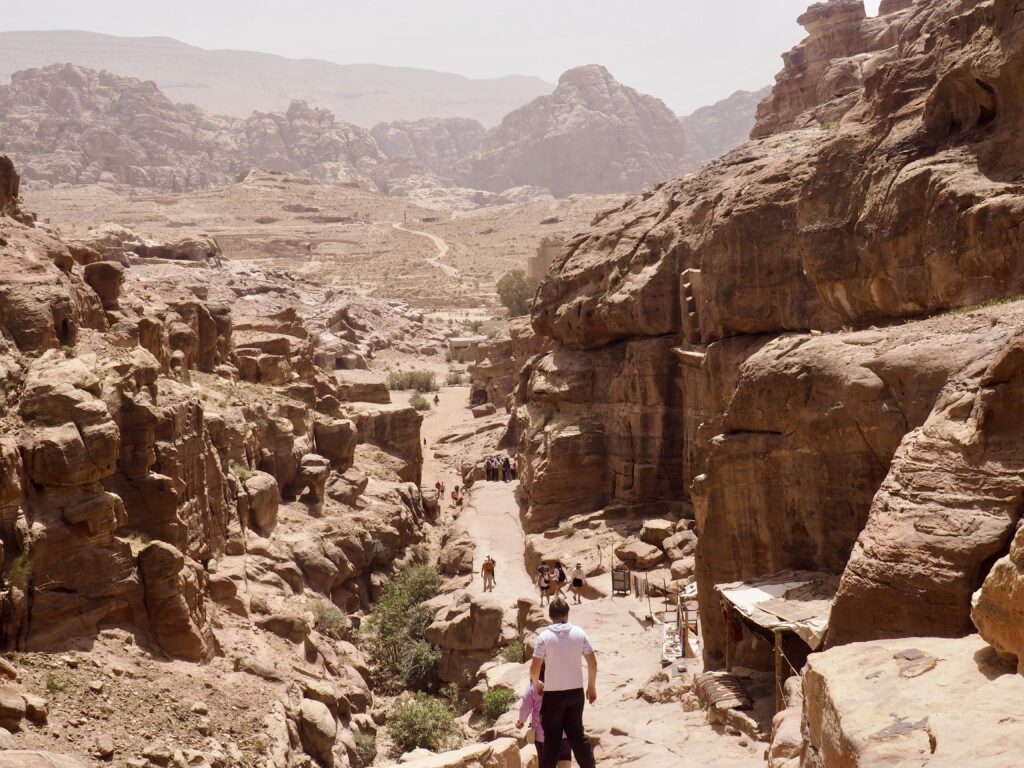
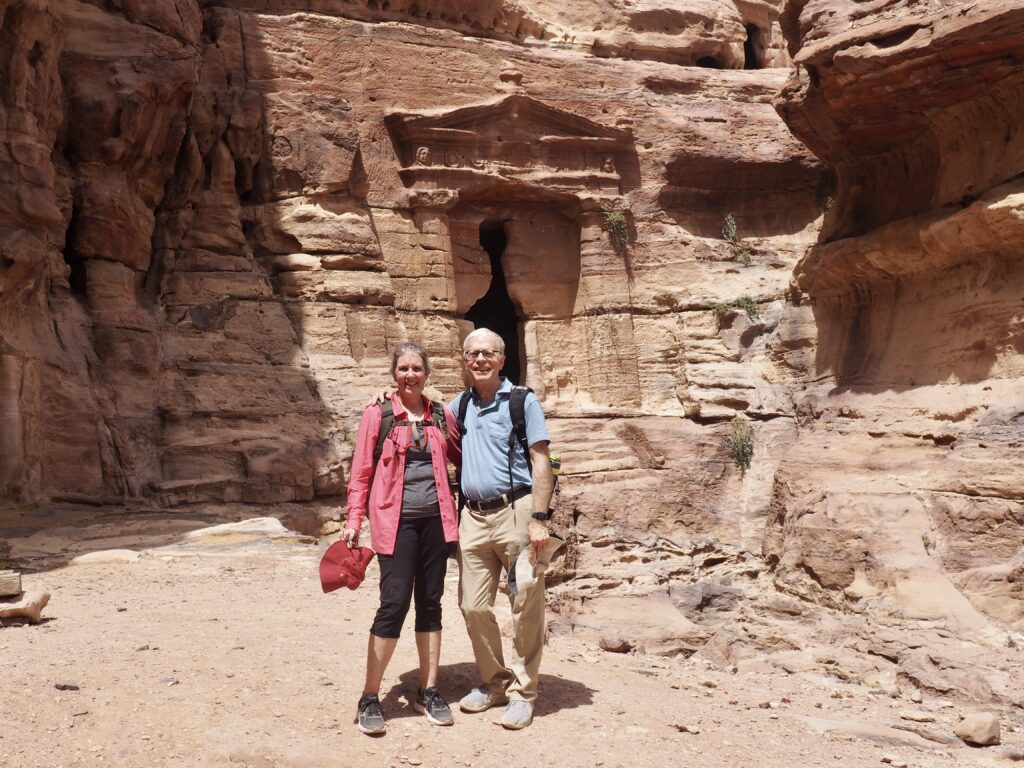

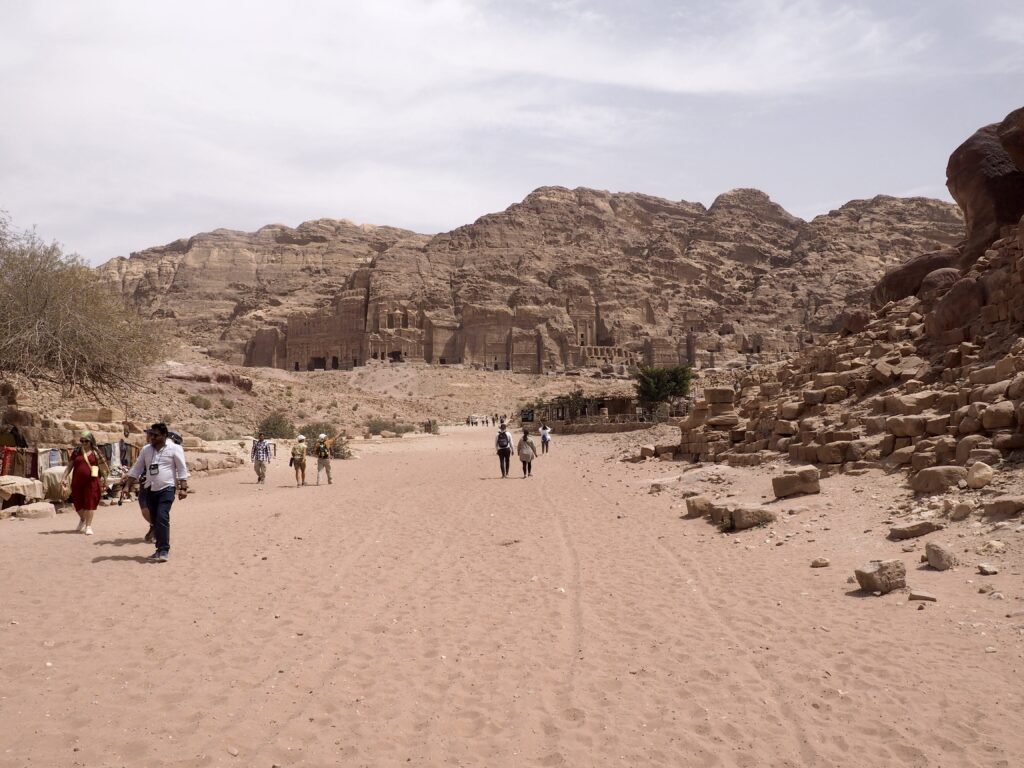
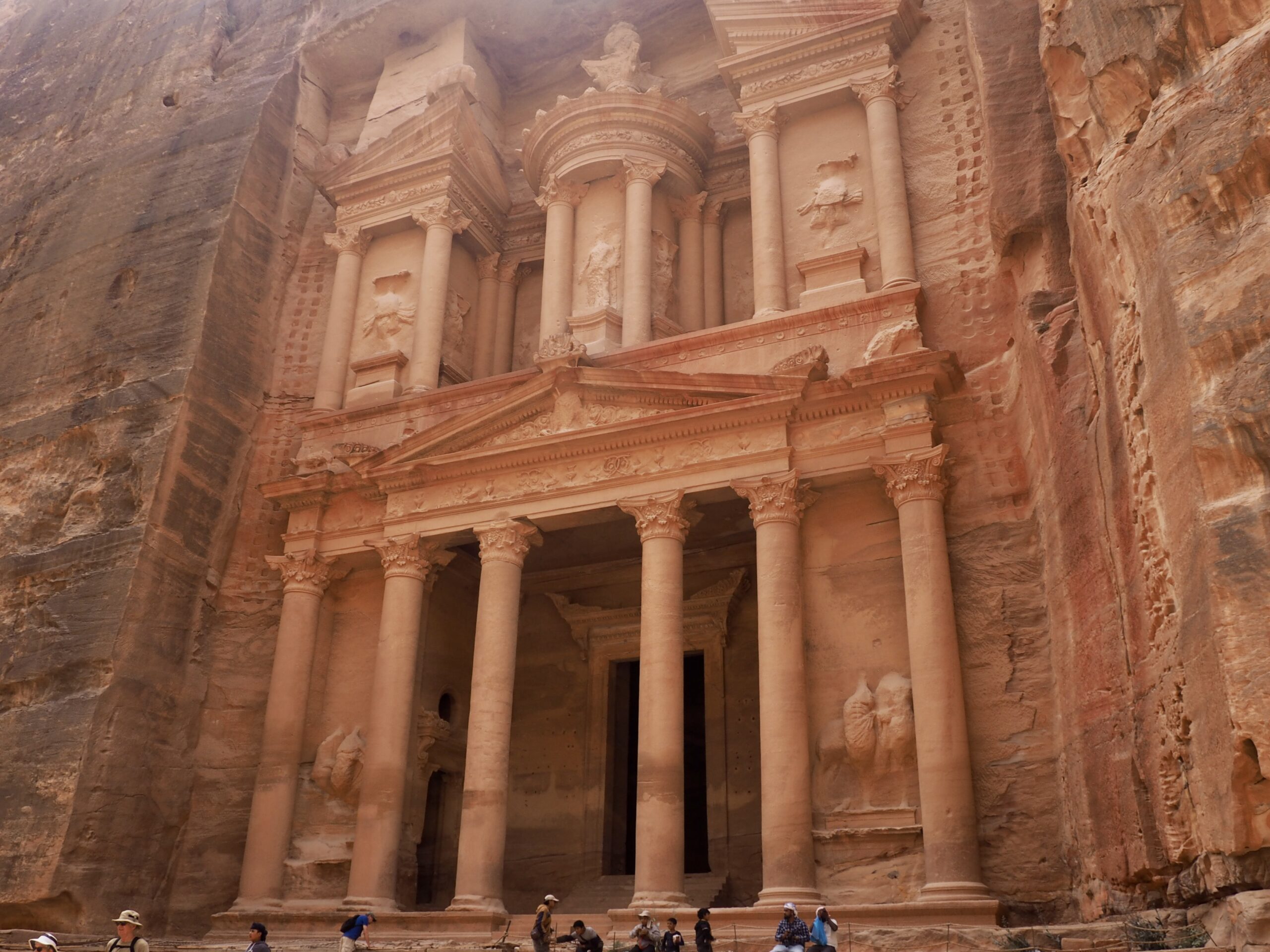

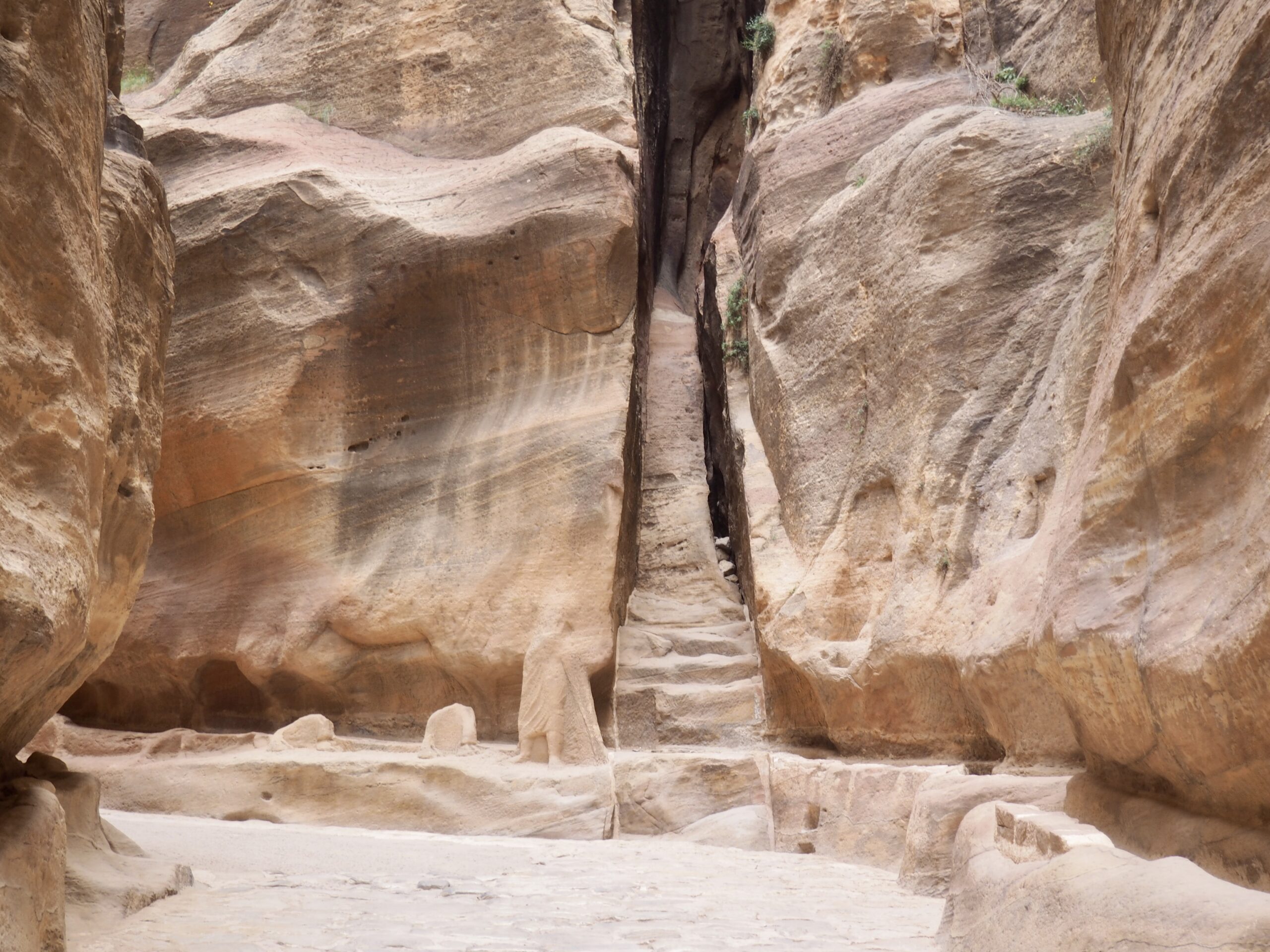
to the left of eroded stairs.

was wonderfully varied in color, especially in the Siq.
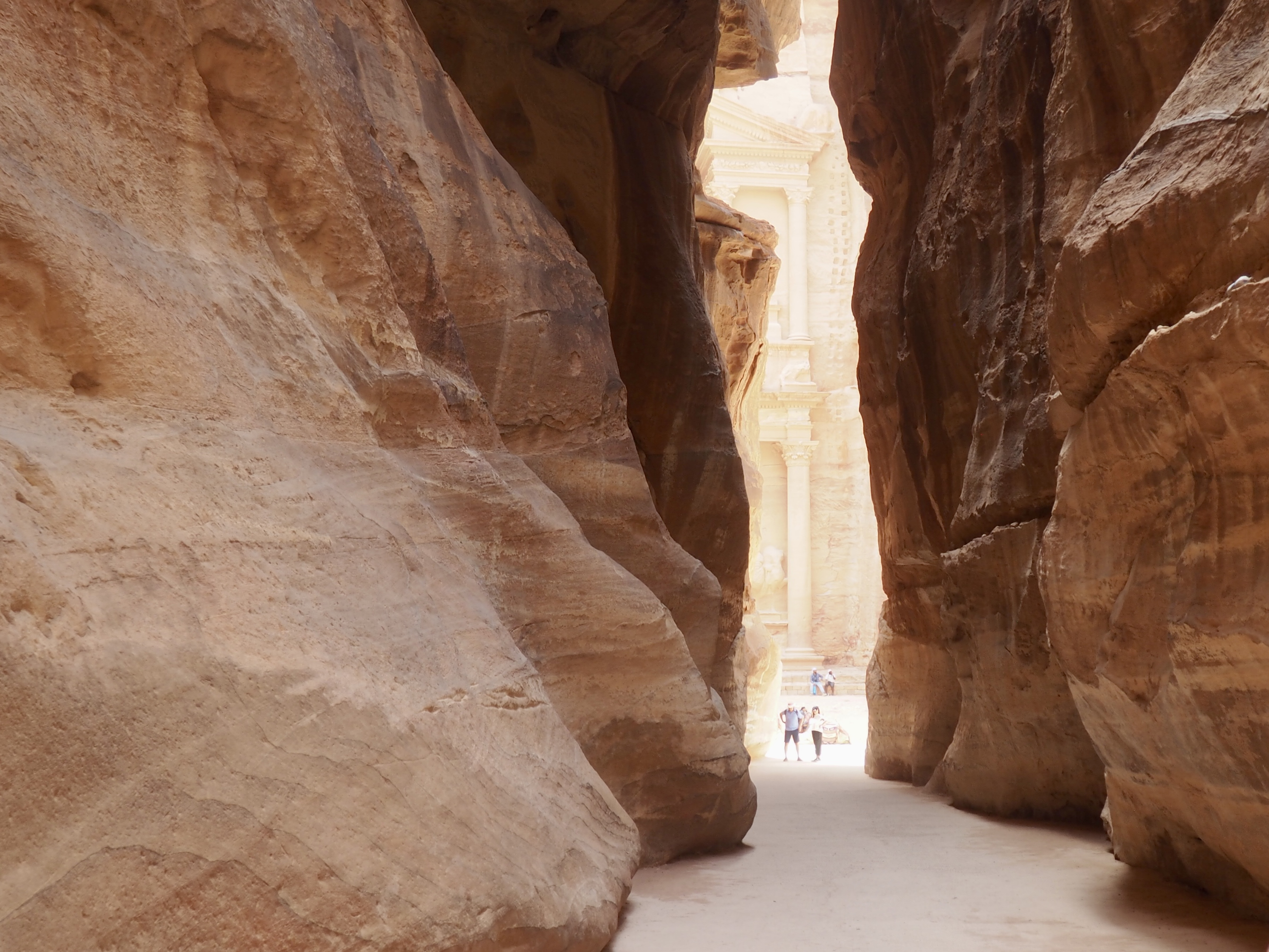


Wow, you sure saw a lot!